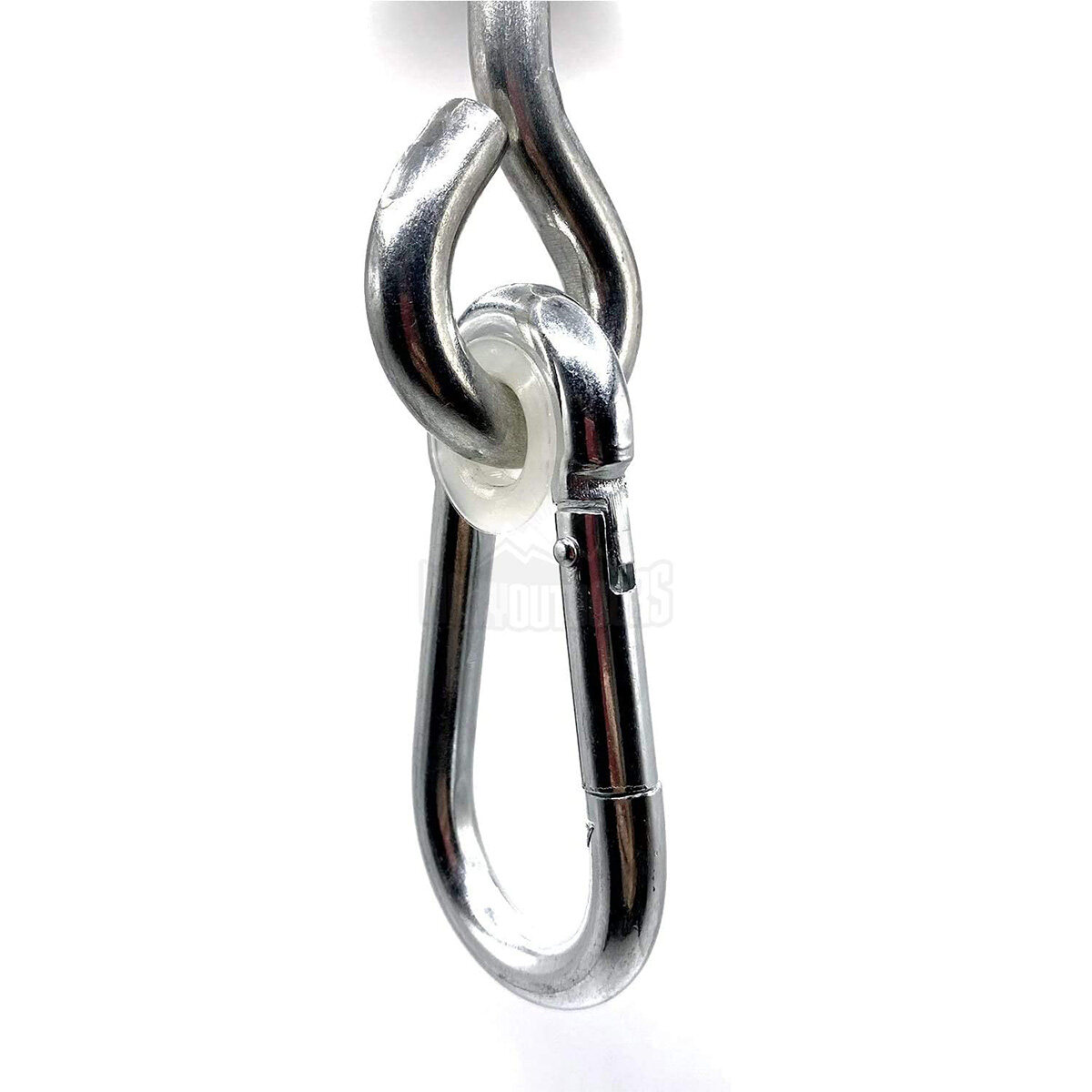Email format error
Email cannot be empty
Email already exists
6-20 characters(letters plus numbers only)
The password is inconsistent
Email format error
Email cannot be empty
Email does not exist
6-20 characters(letters plus numbers only)
The password is inconsistent


Carabiners are kinds of buttons. As the name implies, it is used to play a load-bearing suspension role with the rope when mountaineering.

A carabiner’s strength rating assumes proper use of the device. Improper use will stress the carabiner and decrease its strength. Workers should check gate action with each use to ensure smooth and proper function. Workers should be sure the nose and hinge of the carabiner operate smoothly and without obstructions.
Workers should not allow the rope to run against the sleeve of a locking carabiner. Loads should only be placed along the major axis (lengthwise). A carabiner loaded along the minor (widthwise) axis can fail in a fall.
It should be noted that gate-open strength is less than half of a carabiner’s gate-closed strength. When using non-locking ones, workers should avoid setups in which a rope can cross back and open a gate. With both straight- and bent-gate ones, a protruding nose can catch and open a gate. Locking ones should be used at all critical points. Workers must check that locking ones are properly locked with each use.
Before each use, carabiners should be checked for signs of wear, damage, or fatigue. Locking mechanisms should be inspected to ensure smooth operation and integrity. The carabiner should be inspected visually for any signs of stress—including bending, corrosion, excessive wear, extreme temperature stress, or cracking. Damaged or worn ones should NOT be used.
For more information about carabiners, we are glad to answer for you.